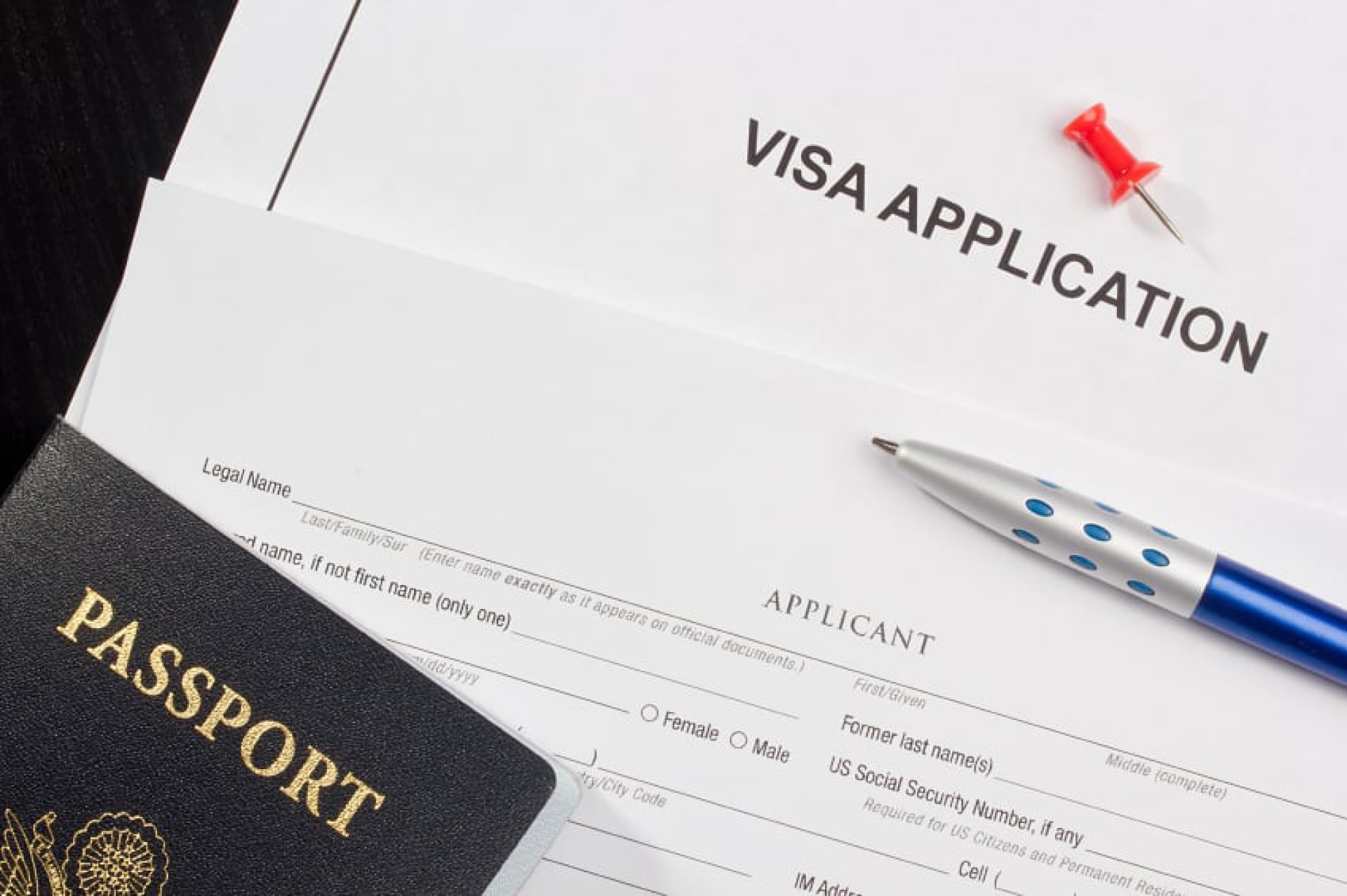What is form I-485?
Form I-485, also called the “Adjustment of Status Application,” is an imperative document that you will need for your green card application process. If you’re someone who needs to adjust your status of citizenship, then being present in the United States is necessary. In this case, you will have to submit both Form I-130 and I-485 concurrently to turn your application status into a green cardholder.
However, if you are not present in the United States, you will have to apply through the U.S. embassy in your region. U.S. embassies are in every country in the world, which makes your application process much easier. Special immigrants who wish to change their citizenship status to the green card holder in the USA can also file these forms.

Who can file the I-485 form?
As per the Immigration and Nationality Act, not every immigrant can change their status to a green cardholder. You need to fulfill one of the laid down criteria even to be eligible. These criteria range from employment to family to humanitarian grounds. There are further conditions that you need to keep in mind while applying for this form. Say, for a family-based green card, you must prove your relationship with a permanent American citizen or resident. This relation is limited to either being the parent, spouse, or child of that resident. Not only this, it is pertinent that you are residing in the United States or have entered this country with a valid non-immigrant visa. On the other hand, if you are a refugee or seeking asylum, then you should file this form on humanitarian grounds. Similarly, if a recruiter in the United States employs you, you should file the form based on your employment contract.
Who is barred from filing the I-485 form?
If you’re considering filing this form, you should be aware of the applicants who are barred from submitting this form, as per the country’s rules and regulations. This information is available in Immigration and Nationality Act. Alternatively, you can call the U.S. embassy’s helpline number to know further details on such disqualifications. But, to make it easier for you, we have summarized the main points in this blog.
To start with, immigrants who have relatives in the United States, but are not present there, cannot file this form. Also, if you’re someone who came to this country as a crewperson, or while transiting to or from another country, or as a witness or informant, you cannot file this form. Moreover, if you have been involved in removal proceedings concerning any terrorist attack, then you are not allowed to file this form. To make the application process even stricter, the U.S. government has laid down grounds of inadmissibility that might restrict you from filing this form.
These grounds include – health-related conditions, criminal records, security, immigration law violations, among others. To give a brief detail on these, if you have a mental health condition, or if you suffer from a communicable disease, or if you have been convicted for a crime in any court of law, or if you in any way are a threat to the security of this country, you cannot file this form. Additionally, if you have violated the country’s immigration law in the past, you will be disbarred from moving your application.
Please note that these are not the only grounds – the Act mentions more on preventing applications wherein individuals enter the country to engage in polygamy, abduct a child, or vote unlawfully. We suggest you go through the relevant Act in detail before filing your application.
You can contact U.S. Immigration Law Counsel to gain more insight into the applicable laws. These lawyers may also guide you on waivers to the above grounds and if you fall within the ambit of any of them (in case you fall within the bracket of disbarred applicants). After being in the business for many years, we have concluded that the waivers depend on two things – the relationship between the applicant and the petitioner and the category of green card that you are applying for.
What is the filing fee? Do any supporting documents have to be filed?
If you qualify for all these conditions and can file the I-485 form, you must pay the fee associated with it. More information on this is available on the U.S. Citizenship and Immigration Services Website (USCIS). However, to summarize, the entire form can cost you around $1225 US. This won’t be the case if you’re a refugee or an applicant below the age of 14. For the former, no fees are applicable, while for the latter, the fees are comparatively lower. We suggest you visit the USCIS website for accurate details.
Along with costs, you need to file supporting documents that back up your application. These include a copy of a valid visa with an I-94 travel record acting as evidence, proof of nationality (this can either be a birth certificate or foreign passport), proof of sponsor’s financial ability (income tax filings of the sponsor would serve as evidence), proof that the applicant has never been arrested and lastly, your immigration medical examination results, as given by a verified doctor.
What if you do not have or have lost any of the supporting documents?
The application process is quite cumbersome. Thus, some applicants may forget to file certain forms or keep track of all their documents. It might also happen that the applicant has not been able to arrange for these documents or does not have them in the first place. In these times, alternative documents, which serve the purpose of secondary evidence, can be produced. To give an example – if you have misplaced your birth certificate, you can give any other certificate that proves your date of birth. If the applicant has lost every certificate they hold in the rare instance, they can submit statements from a minimum of two people who were born before the applicant was.
Why are these supporting documents required?
The documents show that the applicant’s sponsor lives in the U.S. permanently and is a citizen of that country. It further showcases that the relationship with the sponsor is genuine. This becomes crucial while determining whether the authorities should permit you to live in the country. Hence, we recommend that you do not take these filings lightly. Please note that these documents can only be submitted in English and no other language.
How does the form have to be submitted?
Your form has to be submitted to the USCIS directly. It is generally advised that you do not submit the original copy since you might never get them back. Instead, Xeroxed ones should serve the purpose. You can submit these forms either via email or online on the USCIS account. After submitting them, you shall receive a registration number wherein you will get all your updates. The process is quite convenient, provided you keep track of all the updates.
How long does it take for the authorities to reply?
After the process is finished, it might take some time for the authorities to reply to you. You can count six months as a minimum period in which the applicants receive a reply. It also might differ depending on the adjustment category you fall under. Some categories receive a reply faster than others. In any case, after receiving a reply, you are called for your biometric information, wherein you are asked to submit a photo, your fingerprint and undergo a security check.
After this, the authorities might take around 12-18 months to reply. If your application gets approved, then you will receive your green card in a mere span of 30 days. You might also be called for an interview, for which you must report. The officer who shall interview you will be the ultimate deciding factor on whether you should receive a green card or not.
If you’re applying for this form in the employment category mentioned above, you can file for I-765 simultaneously. Along with this, you can also file I-131, which is essentially a document for travel and advance parole. After filing these two documents, you shall receive both your employment authorization date and travel document. It might take around 6 to 8 months, in any case.
Conclusion
We have tried to summarize the entire application process for you. But still, you should contact either a law firm or a good attorney so they can streamline the process for you. You can refer to U.S. Immigration Law Counsel for getting in touch with such attorneys. We once again reiterate providing accurate supporting documents as they serve the purpose of evidence, showing up at your interview place on time, and checking updates regularly (if you file via the site). Other than this, if you have filed every document with diligence, we are sure that you shall secure a green card very soon. We wish you all the best in your application journey.






